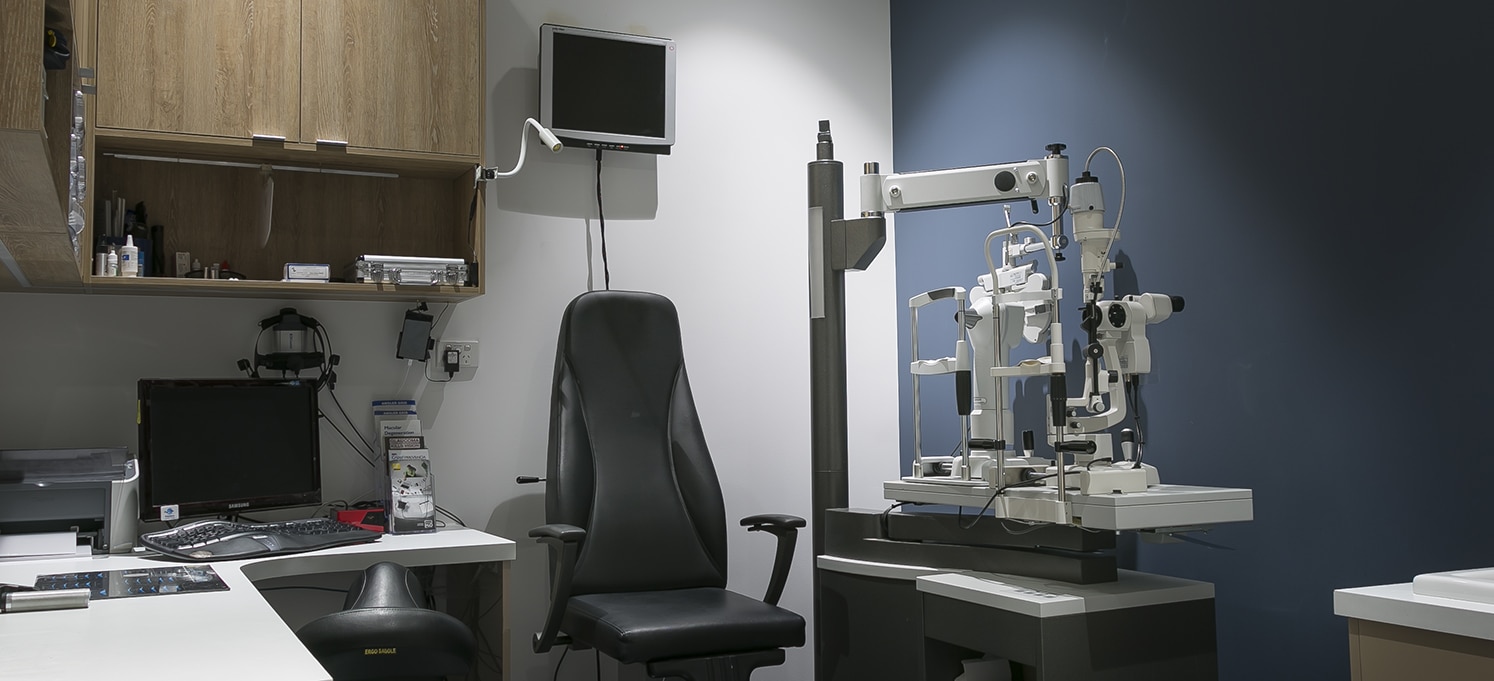Yes, we still do the classic ‘better 1 or 2’ test and a few others to find the best vision for you, but there’s also a whole lot more to it than just getting you to see clearly.
What is in an eye test? We check:
- To see if your eyes are working together as a team.
Eyes that are struggling to look at the same point cause a lot of problems like headaches and sore eyes so we work hard in the eye test to get your eyes to work efficiently.
- To see if you have a lazy eye or turned eye.
Some of them are easy to spot, and most often you’ll know if you have one of these, but others are more subtle or appear only when you’re tired so we dig deeper in the eye test to find these ones, and advise you on the best way to treat them.
- For sight-threatening eye diseases like glaucoma and macular degeneration.
Often eye diseases don’t show up as blurry vision or headaches so many people are unaware they have a disease or degeneration until they have a thorough eye test. We use sophisticated instruments such as a digital topographer, an optical coherence tomographer (OCT) and digital retinal camera to record, measure and review the subtle signs of eye disease.
- For systemic diseases like diabetes and high blood pressure.
This is where the OCT and retinal camera really come into their own – the resolution or detail in the images we get is often mind-blowing, even to us who use the instruments every day – and the key is to pick up the very early signs of these diseases before the disease spreads, and then to ask your GP or specialist to do further tests.
(By now, you have no doubt realised an eye test is way more than ‘better 1 or 2’, hey?)
- For irregularly shaped eyes.
Rapid changes in your vision are annoying, and costly as it usually means updating your glasses, and this is caused by a rapidly changing cornea. Most often it’s keratoconus, picked up and monitored by a digital topographer. Depending on the complexity of your case, topography might be done separately from your routine eye test.

